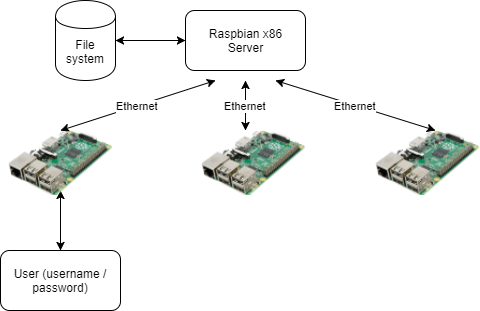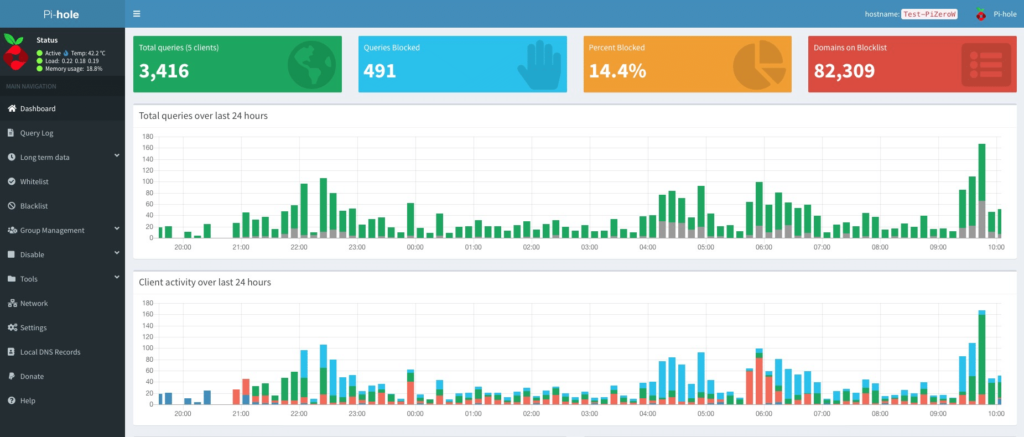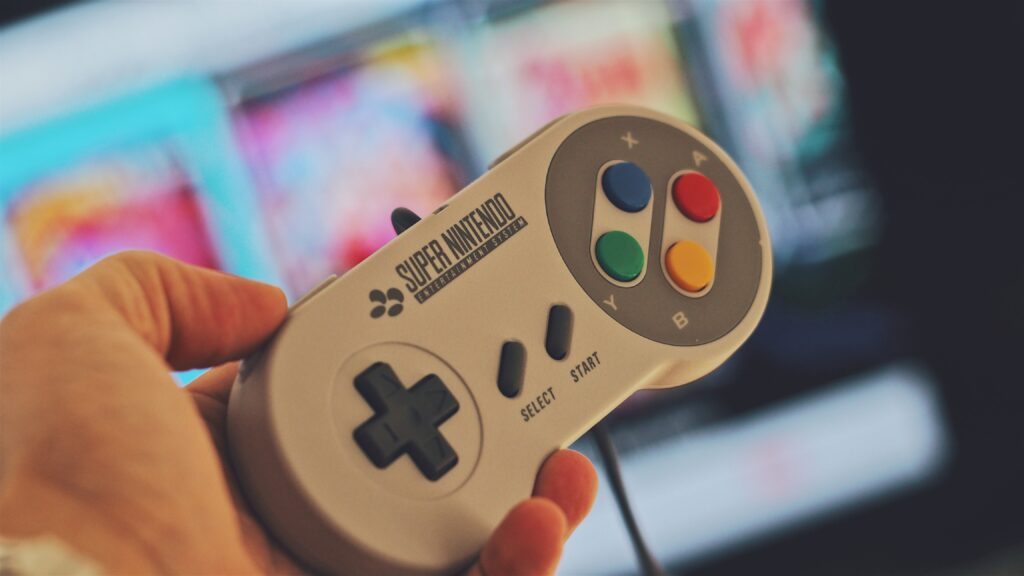The 7 Most Common Uses for the Raspberry Pi in 2023

There are hundreds, if not thousands, of articles outlining uses for the Raspberry Pi.
But if you’re just getting started, you might be interested in a broader overview of the types of things you can do with a Raspberry Pi.
Therefore, in this article, I want to tackle its uses from a slightly different angle, because the vast majority of these projects fit into roughly 7 categories. Let’s outline these categories and share the 7 most common uses for the Raspberry Pi.
1. Server
Raspberry Pis can be used as lightweight servers – so you can use one to host a website, to run a file server, or to manage cloud services. Indeed, you can use a Raspberry Pi as a web server, a file server, a print server, a media server or plex server, a Minecraft server, and an IoT server.

You can also use one as a VPN server using setups like OpenVPN or WireGuard. You can use either setup for day-to-day use and both make it possible to access your local network remotely.
2. Pi-Hole
Pi-Hole is an adblocker that runs network-wide. That means it’ll run on any device connected through the network – your computers, your tablets, and your smartphones. Since it works at the DNS level, it’s super effective and you can also control what it blocks and what it lets through – giving you ultimate control!
We’ve written about running a Pi-Hole on a Raspberry Pi Zero 2 W before, but you can run it on almost any Raspberry Pi model as well! This excludes only the Pico, Pico W, and some super early models.

Personally, my first project within the Raspberry Pi ecosystem was setting up a Pi-Hole and it’s what initially sparked my love for microprocessors.
3. Smart Home
Looking to make your home smarter? A Raspberry Pi can serve as both central and peripheral devices in automating everything. For instance, you can transform it into a surveillance camera or security system, you can use it as a voice assistant, you can create a smart mirror with it, or you could use it for smart lighting. You could even use it for watering plants, monitoring the birds in your yard, or for a smart doorbell!
It’s here where you’ll find PiCockpit especially useful, by the way. When it comes to monitoring and controlling your Raspberry Pi, PiCockpit offers a super simple interface. You can use PiCockpit to keep abridge on what’s going on with your Raspberry Pi, as well as to do things like control lights and monitor all sorts of sensors.
4. RetroPie
If you haven’t heard of RetroPie, you’re missing out on pure nostalgic pleasure. Of the 7 most common uses for a Raspberry Pi, this is perhaps the most common.
Even if you’re a full-fledged gamer, you definitely don’t want to miss out on the classic video game experience. Your key to the magical world of Sega’s old Sonic the Hedgehog game? It’s your Raspberry Pi!
Check out some of the projects on the subreddit and you’ll find all sorts of ways to set up Super Mario World and Pokemon.
With a (surprisingly) little bit of effort, you hold a Gameboy Color in your hands once again.
However, if that’s still too much for you, then you can run an emulator on your Raspberry Pi and hook it up to a monitor for quick fun. Nothing is as satisfying as shooting your friends in GoldenEye when it’s running on a console you built yourself.

5. Robotics
One of most entertaining things to ever grace television is Battle Bots.
Well guess what you can build with your Raspberry Pi? Your very own battle bot!
I suppose if you’re interested in making a slightly less destructive robot, your Pi can also be helpful. Maybe you want to build something like the PiRoomba, a small quadruped robot (like those Boston Dynamics dog things), or a robot arm.
Since they’re small, require little power, and can interface with all sorts of sensors and motors, Raspberry Pis are ideal partners in robotics projects.
6. Art
Being the versatile pieces of equipment that they are, Raspberry Pis are also perfect for art projects. Are you planning on putting on an exhibit or perhaps going to the next Comic-Con? Your Raspberry Pi is your new best friend. Despite their size, Raspberry Pis can power LED displays, generate visuals, and respond to user inputs in all sorts of ways, making them the key to your next cosplay.
If you’re more interested in how you could use your Raspberry Pi for an art exhibition, then you could also look at Ross Symons’ interactive origami art.
One thing you’ll discover very quickly if you boot up the Raspberry Pi OS is Sonic Pi, a program that transforms code into music. Using Sonic Pi is also particularly helpful if you want to get into programming in Ruby and just haven’t gotten around to it yet.
If nothing else, you can mess around with Sonic Pi for a while and you’ll become a master of loops!
7. Desktop
We’ve arrived at the final category of the most common uses for Raspberry Pis, namely: the Raspberry Pi as your desktop.
Looking for a cheap new desktop? Raspberry Pis can be used as a basic desktop computer for everyday tasks like web browsing, word processing, and light multimedia consumption.
It’s easy to set up, it’s fun to play around with, and it’s cheap! All you need to do is hook it up to a monitor, a keyboard, and a mouse and you’re good to go. And if you’re looking to get proficient with Linux – the Raspberry Pi OS is built on top of Debian.
That isn’t to say that you can use your Raspberry Pi as a gaming PC by any means. Nevertheless, I use a Raspberry Pi as my desktop on a daily basis and run into relatively few problems. It has almost everything I need already built into it.
Especially in models like the Raspberry Pi 3, Raspberry Pi 4, and Raspberry Pi 400, you’ll find everything a typical computer user needs is available in that tiny little package.
***
So there you have it – the 7 most common uses for a Raspberry Pi in 2023. Other uses of course include things like crypto mining, turning your Raspberry Pi into a radio, or using the Raspberry Pi to teach kids about computers.
Let us know what you use your Raspberry Pi for in the comments below!
Io uso il Raspberry Pi 4 con 4 GB di ram come streamer per la musica liquida (.Flac).
Come OS utilizzo sia Volumio che MoOde. È un ottimo streamer paragonabile a quelli che costano diverse centinaia di euro. Ovviamente deve poi essere collegato ad un DAC via USB.